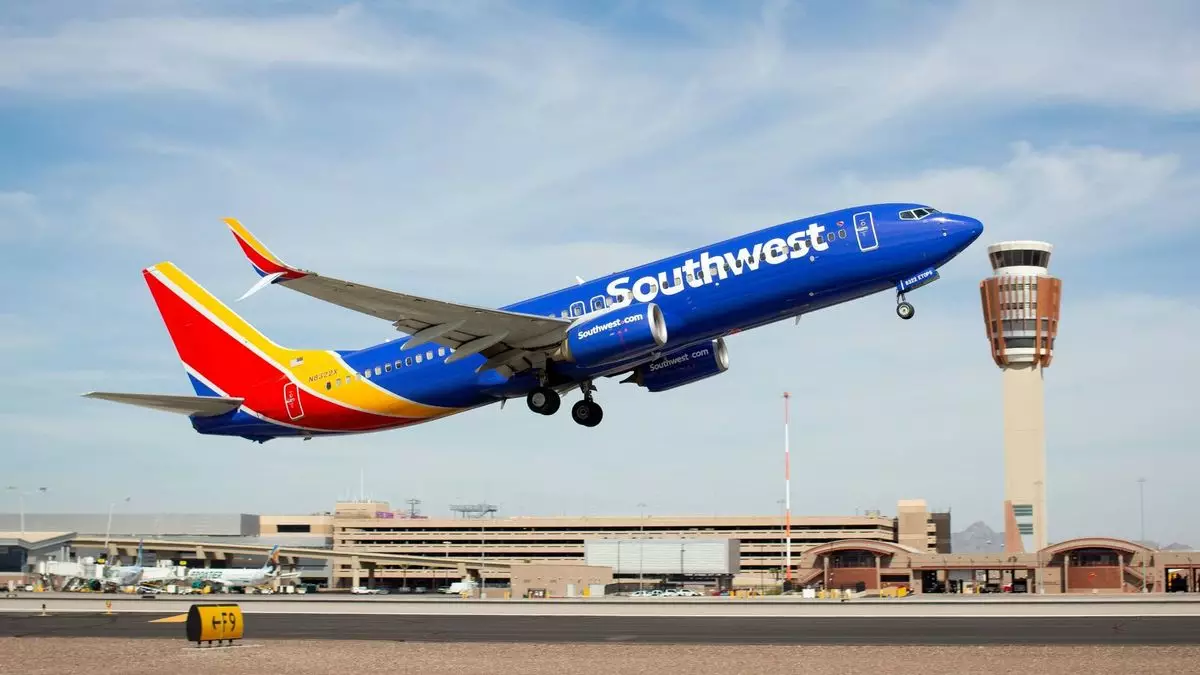In a significant shift that signals the changing landscape of commercial aviation, Southwest Airlines announced on Monday evening a 15% reduction in its corporate overhead workforce. This decision, impacting around 1,750 employees, includes a noticeable downsizing among senior leadership, particularly affecting eleven key members who hold vice presidential roles or above. The reduction accounts for approximately 15% of the airline’s senior management team and marks a departure from the airline’s long-standing approach to operations. Southwest has characterized this workforce reduction as an unprecedented action in its 53-year history, highlighting the severity of the operational challenges it faces.
Bob Jordan, the president and CEO of Southwest, articulated the necessity for this transformation, describing it as vital for evolving the airline into a „leaner, faster, and more agile organization.“ This pivotal moment underscores Southwest’s need to adapt to the harsh realities that have affected its profit margins and operational efficiency since the pandemic. The airline aims to execute these layoffs by the end of the second quarter of 2025, with projections indicating substantial financial savings. Analysts estimate that the cuts could yield approximately $210 million in savings for part of fiscal year 2025, culminating in an estimated $300 million in savings throughout 2026.
Despite the drastic workforce changes, Southwest maintains that this strategic pivot will not compromise its commitment to serving business travelers. A spokesperson emphasized that the focus areas within Southwest Business, known for their dedicated service and hospitality, will remain unchanged. This reassurance seeks to alleviate concerns among customers regarding the impact of leadership changes on service quality.
The decision to streamline operations is also a response to heightened financial pressures that the airline has faced since 2019. The effects of the COVID-19 pandemic have had a lasting impact, with profits significantly lagging behind those of pre-pandemic levels. Adding to the complex scenario, Elliott Management, an activist investor, had been vocally advocating for a leadership overhaul at Southwest. After several months of negotiation and pressure, a consensus was reached in October, which allowed the airline to sidestep a potentially disruptive proxy battle. As part of this agreement, new directors were introduced, while former CEO Gary Kelly stepped down from the board.
Looking ahead, Southwest Airlines is not only focused on workforce adjustments but is also implementing operational changes designed to enhance traveler experience and optimize service delivery. This includes the introduction of red-eye flights and the upcoming launch of assigned seating, along with options for seats featuring extra legroom. These adjustments reflect a genuine attempt by Southwest to innovate within a challenging market, prioritize customer comfort, and ultimately drive up revenue.
While the layoffs are undoubtedly a heavy burden for many employees, Southwest Airlines is positioning itself for a potentially stronger future. By recalibrating its operations, the airline hopes to navigate through current challenges, maintain its core customer service values, and return to profitability against a backdrop of dynamic industry shifts.


Napsat komentář